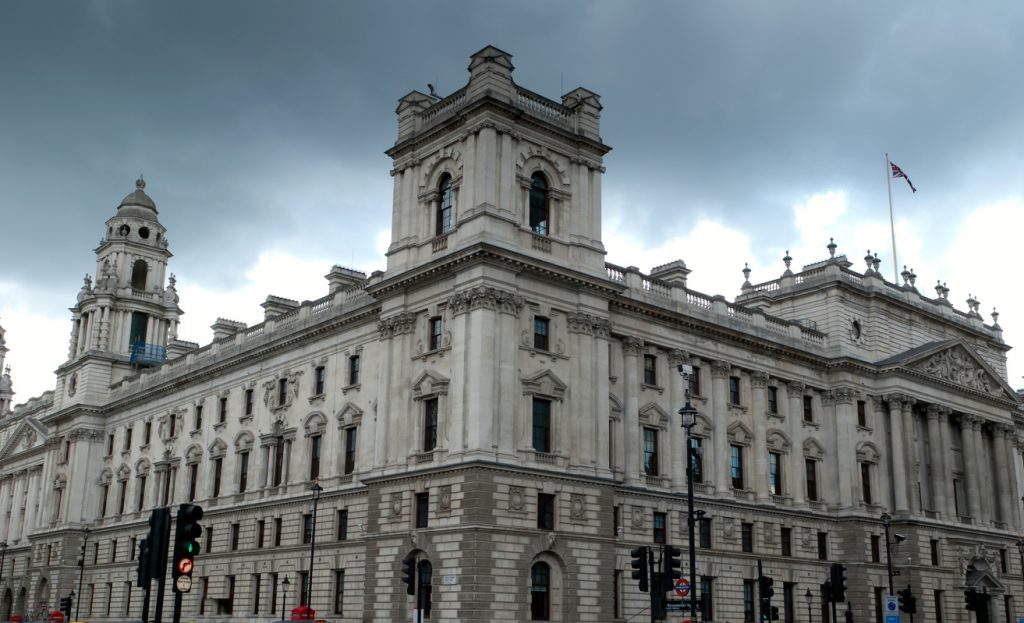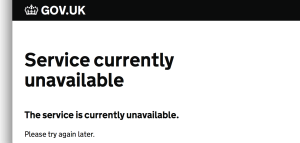Nathan Talbott, Partner at Wright Hassall LLP, outlines the current state of the Loan Charge and why Wright Hassall's Judicial Review is challenging it.
The Loan Charge, introduced in the Finance Act 2016, is a tax charge on any outstanding loans deriving from the use of disguised remuneration (DR) tax avoidance schemes.
DR schemes usually involved the remuneration of individuals (normally directors and/or shareholders or their family members) through loans or other payments from a third party, usually a trust structures, which were likely to never be repaid. The schemes were designed to avoid the payment of Income Tax and National Insurance for the employer and the employee.
Any such loans that were taken after 5 April 1999 and had not be repaid by 5 April 2019 were treated by the Loan Charge as taxable income arising on 5 April 2019.
The Loan Charge was greeted with anger by taxpayers and tax specialists alike. Some questioned its retroactive nature, whilst others stated that it undermined the finality of tax affairs where HMRC had not taken any action.
Despite public reaction, HMRC remained firm and outlined that affected taxpayers had the following options if they wanted to avoid the Loan Charge:
If neither of those options were taken, HMRC indicated that taxpayers should report and pay the Loan Charge.
The Loan Charge, introduced in the Finance Act 2016, is a tax charge on any outstanding loans deriving from the use of disguised remuneration (DR) tax avoidance schemes.
Consequences of the Loan Charge review
In September 2019, following mounting pressure, the Chancellor commissioned a review into the Loan Charge to consider “whether the policy is an appropriate way of dealing with disguised remuneration loan schemes used by individuals who entered directly into these schemes to avoid paying tax”.
The Review, led by Sir Amyas Morse, was completed in December 2019 and recommended, amongst other things, the following:
- The Loan Charge should not apply to loans entered into before 9 December 2010;
- Unprotected Years arising from loans entered into on or after 9 December 2010, where the taxpayer had made reasonable disclosure of their scheme usage to HMRC and HMRC did not open an investigation, should be out of scope of the Loan Charge; and
- HMRC should refund the Voluntary Restitution elements of settlements made since 2016 that were paid to settle Unprotected Years when the relevant loans were entered fell into one of the recommendations above.
The Government accepted the Review’s recommendations and draft legislation implementing the recommendations was published on 20 January 2020. The Finance Bill 2020 received Royal Assent on 22 July 2020 and HMRC published guidance on refunds for DR settlements on the same day.
Whilst the Finance Act 2020 deals with circumstances where settlements have been agreed with HMRC for loans no longer “caught” by the Loan Charge, it does not address situations where individuals have taken steps to repay outstanding loans in reliance on HMRC’s guidance and in fear of the Loan Charge.
Below are three examples of how the Loan Charge impacts different taxpayers.
[ymal]
Case Study A
Mr Smith is director and shareholder of ABC Ltd. In 2003/04, Mr Smith, on the advice of his accountants and tax advisers, pays £5 million to a trust and takes loans in the sum of £4 million. HMRC did not open any enquiries into the scheme use.
In 2018, following the implementation of the Loan Charge, Mr Smith and ABC Ltd settle with HMRC using the November 2017 Settlement Opportunity. Pursuant to the settlement with HMRC, Mr Smith wrote to the trustees to write off the loans and wind up the trust.
Following the Loan Charge review, Mr Smith and ABC Ltd applied and received a full refund of their settlement with HMRC using the Disguised Remuneration Repayment Scheme 2020. Mr Smith now has no outstanding DR loans and the trust is no longer in existence.
Case Study B
Mrs Jones is director and shareholder of DEF Ltd and used the same scheme in 2003/04. HMRC did not open any enquiries into the scheme use.
Mrs Jones decides to take no action and ignores the impending Loan Charge. Following the Loan Charge review, Mrs Jones’s loan now falls outside the scope of the Loan Charge and she need not take any further action. Her loan is still in existence and potentially Mrs Jones will, in the future, have to pay trust fees and be exposed to other potential tax liabilities depending on the nature of the trust.
Case Study C
Mr Green is director and shareholder of XYZ Ltd and also used the same scheme in 2003/04. HMRC did not open any enquiries into the scheme use.
Following HMRC’s guidance around the Loan Charge, Mr Green chose to repay the loan in 2018. He liquidates several investments and repays the loan to the trust.
Following the Review, Mr Green’s loan would have been outside of the scope of the Loan Charge.
He writes to HMRC requesting confirmation that he can cancel his repayment of the loan without being subject to a new tax charge. HMRC deny his request and confirm that if Mr Green were to cancel his repayment, this would be treated as a “relevant step” for the purposes of Part 7A of the Finance Act 2012, and would be treated as income and taxed accordingly.
Overview
Therefore, Mr Green is left in a position whereby he has repaid the money to the trust, but he has no tax efficient way of accessing that money. The only way to do so would be to extract it, at which point it would be treated as remuneration and taxed accordingly.
This is to be contrasted with Mrs Jones who did nothing, but in doing so has now avoided the obligation to pay tax under the Loan Charge, and has retained the benefit of the loan for her personal benefit without paying any tax on it.
Consequently, by following HMRC’s guidance that he must comply with the Loan Charge, which Mr Green dutifully did, Mr Green is in a materially less advantageous position that Mrs Jones – who ignored HMRC’s guidance. This appears to be an unjust outcome.
However, if Mr Green is unhappy with the position, he has limited options available to challenge HMRC. One that is available, is to pursue a Judicial Review.
Judicial Review
Judicial Review allows the courts to examine decisions taken by public bodies (in this instance, HMRC) to ensure that they act lawfully and fairly. On the application of a party with sufficient interest in the case (Mr Green), the Court will conduct a review of the process which HMRC (or the public body) followed to reach its decision and assess whether or not that decision was validly made.
There are four grounds on which a Judicial Review can be pursued:
- Illegality;
- Irrationality;
- Procedural unfairness; and
- Legitimate expectation
Judicial Review allows the courts to examine decisions taken by public bodies (in this instance, HMRC) to ensure that they act lawfully and fairly.
The Judicial Review process
After complying with the pre-action protocol for Judicial Review, the taxpayer may find that their only option is to issue proceedings. The claim form must be issued no later than three months after the relevant decision and accompanied by various documents.
The Court will then consider and assess the Judicial Review and decide whether to permit or refuse the claim.
Conclusion
Although the Review and subsequent amendments to the legislation by the Finance Act 2020 have benefited taxpayers like Mr Smith and Mrs Jones, it has not protected taxpayers who have repaid their DR loans (or implemented similar planning) following HMRC’s guidance.
Taxpayers who did engage in the process as mandated by HMRC, like Mr Green, are now in a worse position. The money is stuck in their trust; trust fees are accruing, and any method of extraction will result in further tax liabilities.
Wright Hassall’s Judicial Review is challenging HMRC’s position on this matter.





















